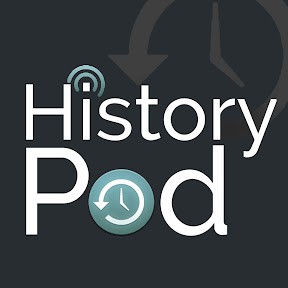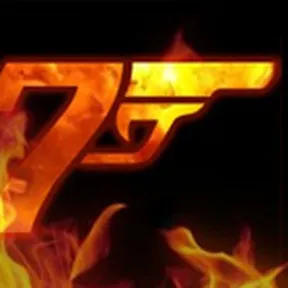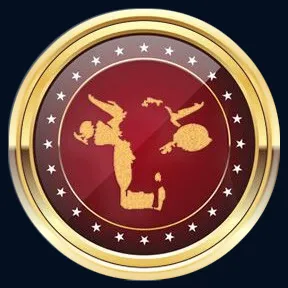Start of the Mesoamerican Calendar (11-08-3114 BC)
The ancient civilisations of Central America used their astronomical skills to develop a complex series of incredibly accurate calendars. These pre-Columbian societies used both ritual and civil calendars in parallel to perform ceremonies and rituals duri
The Maya used the Long Count Calendar to identify dates from their mythical creation date, which scholars later identified as 11 August 3114 BCE if we extend our Gregorian calendar backwards.
This date has been widely accepted through the use of separate historical, archaeological, and astronomical evidence and is known as the GMT constant named after the scholars Goodman, Martinez and Thompson whose research was combined to create this correlation.
The Long Count Calendar itself consists of a series of units that function together like the numbers of a car’s odometer. Beginning with one day, known as a kin, the five units culminate in a baktun which represents 144,000 days. The calendar itself began with the completion of 13 baktuns, when Maya theology claims the world of humans began.
The previous Long Count Calendar consequently finished with the completion of the 13th baktun. The 5,126-year-long cycle finished in December 2012 but, despite some sections of the media promoting fears of a Mayan-predicated apocalypse, the 21 December saw the world continue to turn and another Mayan calendar cycle begin.
















































